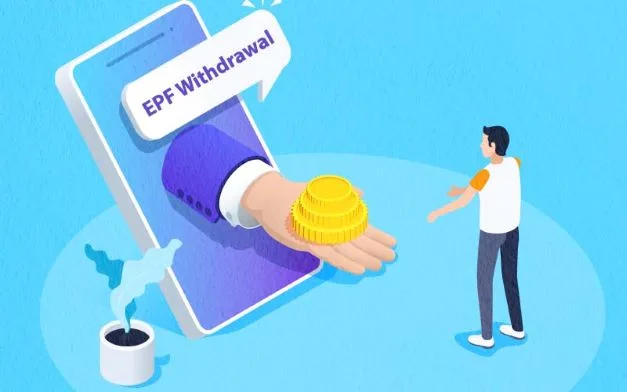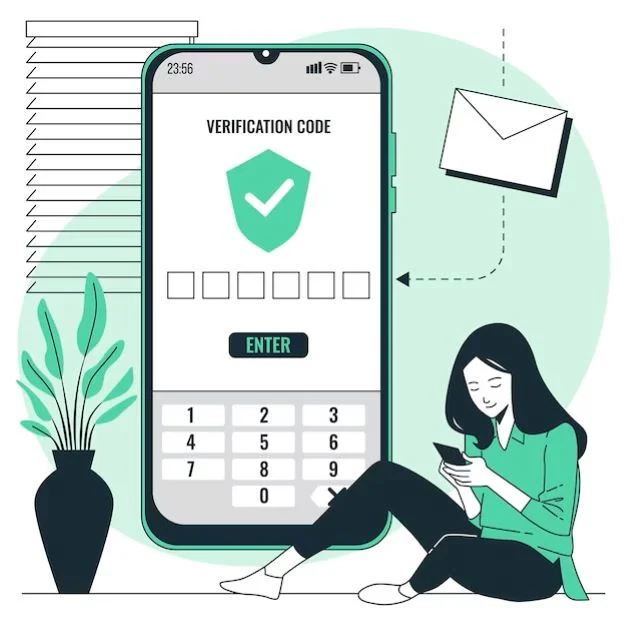Employees’ Provident Fund (EPF) is a retirement saving scheme for Indian employee. It is a contributory scheme, which means- that both the employee and employer contribute a fixed percentage of employee’s salary to EPFO account.
EPF account can be withdrawn for certain purpose- such as retirement, death, disability and unemployment. withdrawal rules for EPF are governed by the Employees’ Provident Fund Act, 1952.
Eligibility for EPF Withdrawal
- On retirement: You can withdraw your entire EPF balance when you retire at the age of 58 years.
- On death: Your nominee can withdraw your entire EPF balance in case of your death.
- On withdrawing from the job: You can withdraw up to 75% of your EPF balance in case you leave your job.
- For medical expenses: You can withdraw up to 30% of your EPF balance for medical expenses incurred by you or your family members.
- For house purchase: You can withdraw up to 20% of your EPF balance for house purchase.
- For education of children: You can withdraw up to 10% of your EPF balance for the education of your children.

Types of EPF Withdrawal
There are two types of EPF withdrawal:
- Full withdrawal: This is when you withdraw the entire amount in your EPF account. You can do this if you have retired, become permanently disabled, or died.
- Partial withdrawal: This is when you withdraw only a part of the amount in your EPF account. You can do this for any of the reasons mentioned above, except for retirement.
Documents Required for EPF Withdrawal
To withdraw money from EPFO, you need to submit a withdrawal form along with the required documents. The withdrawal form can be downloaded from the EPFO website. The required documents include:
- Your EPF account statement: This shows your EPF balance and the number of your EPF account.
- Your PAN card: This is a mandatory document for all withdrawal requests.
- Your Aadhaar card: This is an optional document, but it is recommended to submit it for faster processing of your withdrawal request.
- Your cancelled cheque: This is required to verify your bank account details.
- Any other document as required by EPFO: For example, if you are withdrawing money for medical expenses, you will need to submit a medical certificate.

How to Withdraw EPF Online
You can withdraw EPF online through the EPFO’s e-Sewa portal. To do this, you will need to create an account on the portal and link your bank account. Once you have done this, you can follow these steps to withdraw your EPF:
- Log in to the e-Sewa portal.
- Click on the “Claim” tab.
- Select the “EPF withdrawal” option.
- Enter the required details and upload the required documents.
- Submit your claim.

How to Withdraw EPF Offline
You can also withdraw EPF offline by submitting a withdrawal form to the EPFO office. To do this, you will need to download the withdrawal form from the EPFO website or get it from the EPFO office. Once you have submitted your withdrawal application form, EPFO office will process your request and the money will be credited to your bank account within a few weeks.
What are the Withdrawal Rules for EPF?
- You can only withdraw money from your EPF account once in a financial year.
- You cannot withdraw money from your EPF account if you have less than 5 years of qualifying service.
- You will have to pay a penalty if you withdraw money from your EPF account before you have completed 5 years of qualifying service.
- You can withdraw EPF if you are unemployed for two months or longer.
- You can withdraw 50% of your EPF balance if you are retiring after attaining the age of 55 years.




